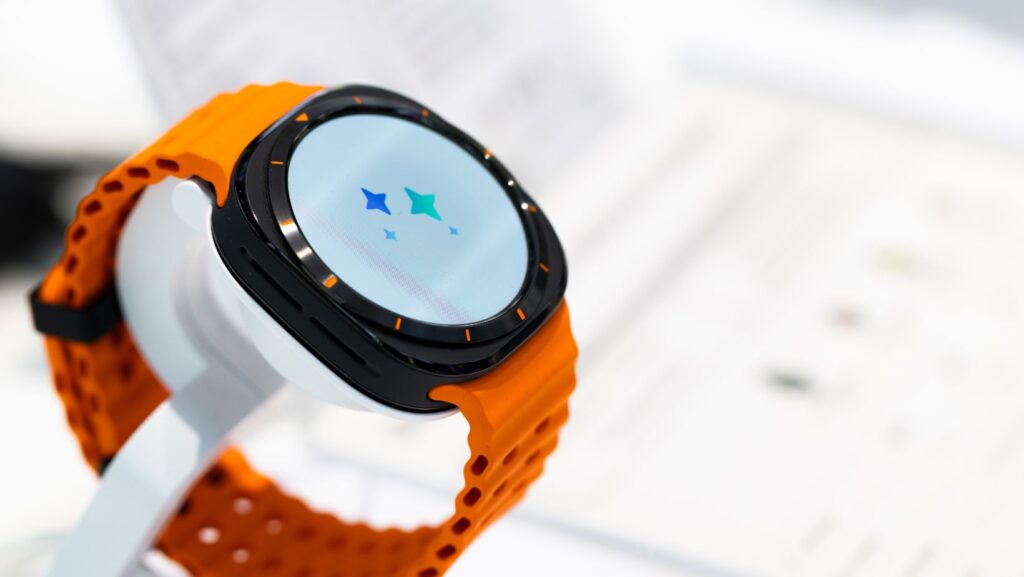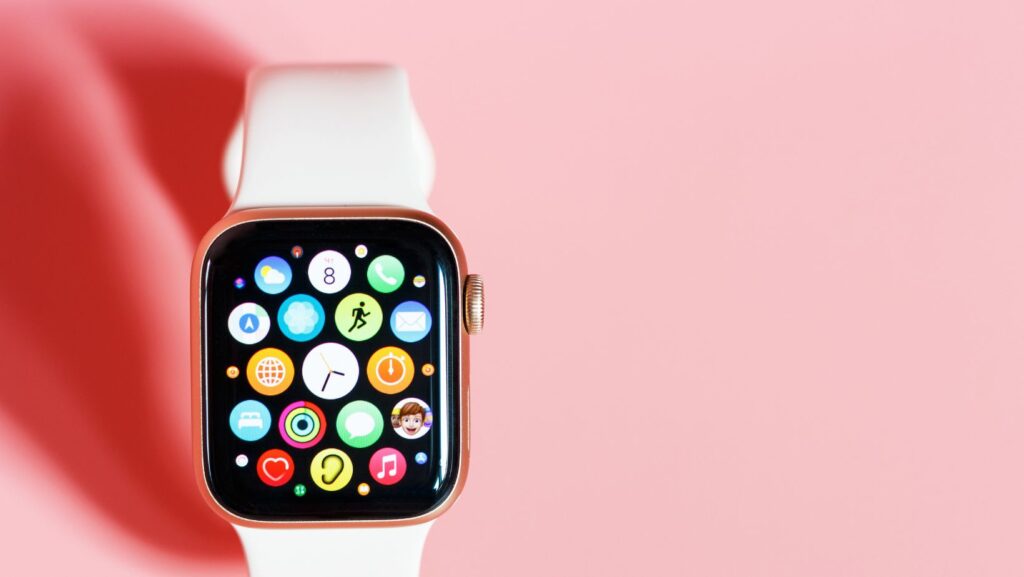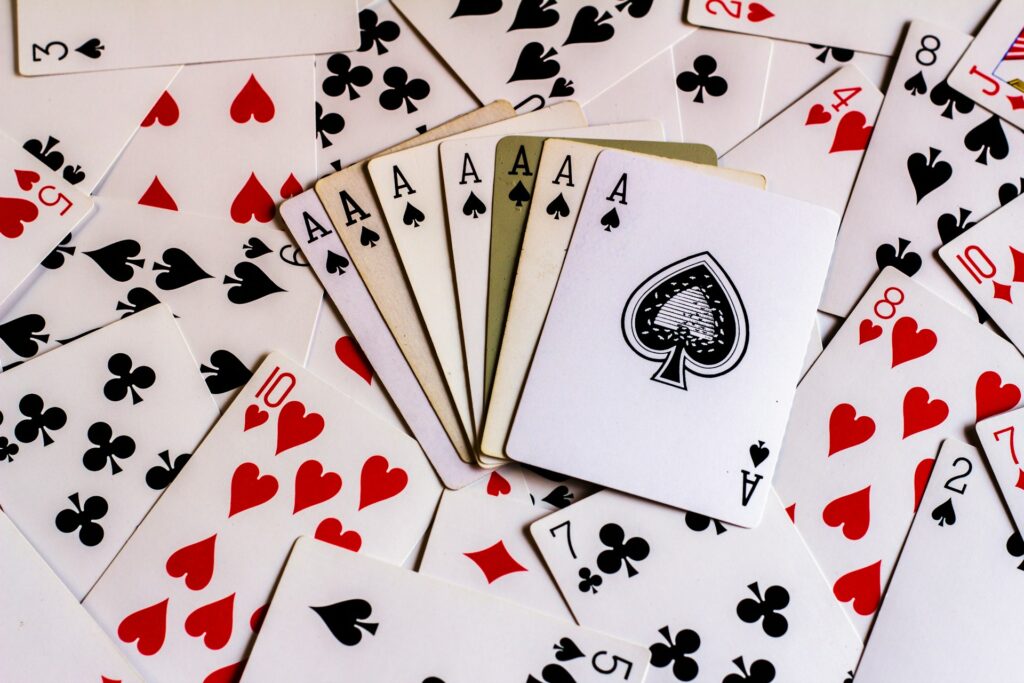For seniors and caregivers, a smart watch with fall detection is more than just a gadget—it’s a safety tool. But one common concern is the balance between avoiding unnecessary alerts and making sure real falls are recognized. Too many false positives can frustrate users, yet missing a real emergency is not an option. The key is improving the accuracy of fall detection algorithms so the watch remains dependable in daily life.
Most modern fall detection smartwatches use sensors such as accelerometers and gyroscopes to measure movement and orientation. When a sudden change occurs, the watch analyzes the pattern to decide if it looks like a fall. Quick movements, like sitting down too fast or dropping the device, can sometimes confuse the system. This is why minimizing false alarms is such an important part of development.
One way manufacturers reduce false positives is by adding a short confirmation step. After detecting unusual motion, the watch may vibrate or display a message, giving the wearer the chance to cancel the alert if no help is needed. If the user does not respond, the signal is sent to the medical alert monitoring center. This approach keeps protection strong while cutting down on unnecessary disruptions.
Another helpful technique is post-event analysis. Instead of sending an alert right away, the watch can briefly check if the user continues moving normally. If they stand up or keep walking, the system may dismiss the event. If they remain still, it increases confidence that a real fall has happened.

For families, what matters most is trust. A medical alert smartwatch should be easy to wear, reliable during everyday activities, and ready to respond in emergencies. By combining sensor data, careful algorithms, and clear escalation rules, systems like BeWell Medical Alert watches are designed to reduce false positives without losing sensitivity to real falls.
In practice, this means seniors can live more independently, knowing their fall detection device is tuned to protect them when it matters, and caregivers can feel reassured that alerts are meaningful. It is this balance—accuracy without overreaction—that makes modern fall detection technology such a valuable safety net.


